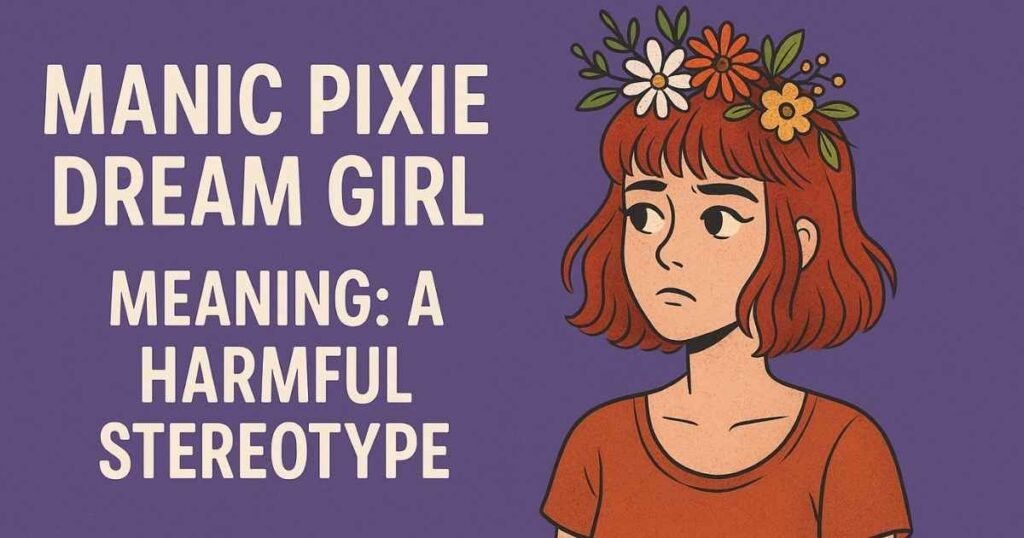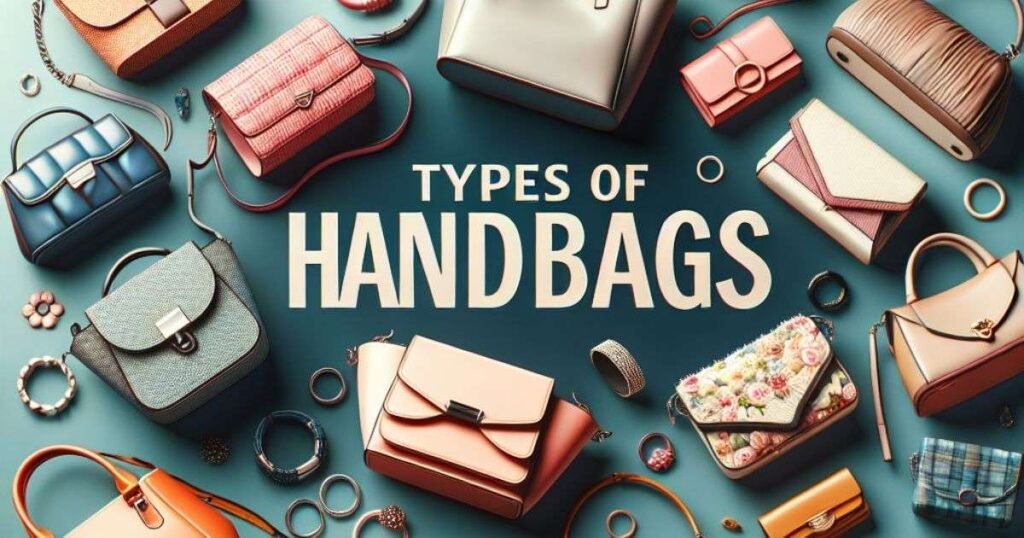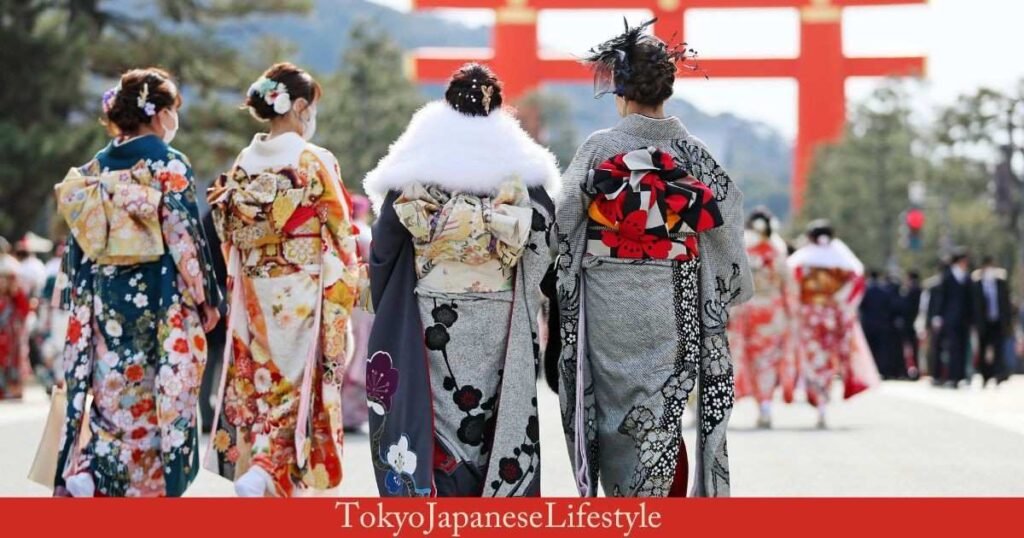What Is the Manic Pixie Dream Girl Meaning?
Definition and Origins of the Term
The manic pixie dream girl meaning originated as a term coined by film critic Nathan Rabin in 2007. This trope describes a quirky, whimsical female character designed primarily to inspire the male protagonist’s personal growth. Often lacking depth or their own ambitions, these characters exist to propel the story forward while embodying eccentricity and charm. The manic pixie dream girl meaning is frequently critiqued for its reductive portrayal of women, reducing them to plot devices instead of fully realized individuals, and perpetuating gender stereotypes, particularly within romantic narratives in books and film.
How the Stereotype Became Popular in Media
The manic pixie dream girl meaning gained popularity through characters like Claire in “Elizabethtown” and Sam in “Garden State.” These films reinforced the trope by showcasing women as the lively catalysts for otherwise uninspired male leads. The manic pixie dream girl meaning resonated with audiences because of its seemingly relatable yet idealized depiction of quirky charm. However, critics argue its rise reflects deeper issues in media’s representation of women, who are often pigeonholed into supporting roles. Over time, the manic pixie dream girl meaning has prompted broader discussions about creating more nuanced female characters across creative industries.
Must Read: Bojack Horseman Mister Peanut Butter: Comedy and Tragedy
The Characteristics of a Manic Pixie Dream Girl
Common Traits and Behaviors
- Eccentric Personality: The manic hobgoblin dream girl meaning frequently revolves around a capricious, unconventional personality. These characters are portrayed as free-spirited individuals who thrive on spontaneity and curiosity.
- A Love for Adventure: They are frequently depicted as adventurous, drawing others into exciting escapades that disrupt mundane routines and inspire self-discovery.
- Depth Without Focus: While they may appear deep or mysterious, their backstories often lack thorough development, as their purpose is more tied to supporting the protagonist’s narrative arc.
- Artistic or Creative Interests: Whether it’s playing music, painting, or writing poetry, a passion for creative expression is a hallmark of the manic pixie dream girl meaning in various media portrayals.
- Quirky Style: These characters are often associated with unique or unconventional fashion choices that reflect their out-of-the-box persona.
- Focus on Transformation: A core aspect of the manic pixie dream girl meaning is their role as a catalyst for change, helping the main character grow or overcome personal struggles.
Examples from Movies and TV Shows
The manic pixie dream girl meaning has been widely illustrated in various films and television series. A high illustration is Natalie Portman’s character in” Garden State,” who embodies the erraticism and free spirit defining these places. Similarly, Zooey Deschanel in “500 Days of Summer” epitomizes the manic pixie dream girl meaning with her eclectic personality and impact on the protagonist’s life. On television, characters like Jess Day from “New Girl” reinforce the trope with their bubbly nature and playful demeanor. These portrayals serve as prominent reference points, demonstrating the enduring appeal and critiques surrounding this archetype.
Why the Manic Pixie Dream Girl Trope Is dangerous
Impact on Female Representation in Media
The “manic pixie dream girl meaning” highlights a problematic representation of women in media. This trope reduces female characters to plot devices whose sole purpose is to inspire male leads to grow or change, rather than allowing them to have fully realized stories of their own. By sidelining a woman’s individuality, her aspirations and challenges are overshadowed by her utility to the male protagonist. The “manic pixie dream girl meaning” perpetuates a shallow depiction of femininity, ultimately diminishing the diversity and depth that female characters deserve in modern storytelling.
How It Reinforces Gender Stereotypes
The “manic pixie dream girl meaning” reinforces outdated gender stereotypes by portraying women as quirky, whimsical, and solely supportive figures. These characters are often written without agency or complexity, adhering to a limited and often unrealistic ideal of femininity. This trope suggests that a woman’s primary role is to ignite change in a man’s life, perpetuating the notion that women exist in media to serve men’s narrative arcs. By adhering to the “manic pixie dream girl meaning,” creators risk overlooking authentic and multifaceted female roles that challenge these restrictive stereotypes.
Feminist Critiques of the Manic Pixie Dream Girl Trope
Much of the backlash surrounding the “manic pixie dream girl meaning” comes from feminist critiques, which highlight the broader implications of this archetype on gender dynamics in media. Feminist scholars and writers argue that these characters often reflect a male-centered perspective, where women’s experiences and voices are secondary—if not entirely absent. The trope’s popularity underscores media’s historical tendency to sideline female characters, relegating them to roles that serve male-centered narratives.
One of the main critiques is that the manic pixie dream girl denies women their agency. Rather than being active participants in their own stories, these characters are often portrayed as passive muses who exist to guide male protagonists toward self-actualization. This not only undermines the representation of women in media but also reinforces traditional gender roles that paint women as caretakers of men’s emotional well-being.
Furthermore, feminist writers often explore the unrealistic standards that the trope promotes. The manic pixie dream girl is frequently characterized as effortlessly beautiful, tirelessly upbeat, and endlessly supportive—qualities that can place an unrealistic burden on women to always be perfect and accommodating. By contrast, male characters in such stories are typically allowed to be flawed, messy, and multidimensional. This double standard highlights the persistent inequality in how men and women are written in popular media.
Breaking Down the Stereotype: A Shift in Media

Modern Critiques of the Trope
The “manic pixie dream girl” trope has faced significant criticism in recent years for its reductive portrayal of women. Modern audiences and creators have called out its lack of depth and its contribution to unrealistic expectations for female characters. This critique has led to broader conversations about representation in media and the importance of crafting nuanced roles that reflect genuine human experiences. Below is a table outlining common tropes in media and their definitions to better understand how they shape narratives:
| Trope | Definition |
|---|---|
| Manic Pixie Dream Girl | A quirky, free-spirited female character who exists to inspire the male protagonist’s emotional growth. |
| Damsel in Distress | A female character placed in constant danger, requiring a male hero to save her. |
| Femme Fatale | A mysterious and seductive woman who manipulates others, often leading to their downfall. |
| Strong Female Character | A woman written to challenge traditional roles, though sometimes reduced to unrelatable perfection. |
| Token Woman | A single female character included in a predominantly male cast, often lacking depth or influence. |
Recognizing these tropes allows for more informed discussions about how gender dynamics are depicted in media and encourages intentional progression toward more balanced storytelling.
Exemplifications of demoralized Manic Pixie conjure Girl Characters
Some modern media have successfully subverted the “manic pixie dream girl meaning” by introducing characters that break away from this limiting mold. A notable example is Clementine from Eternal Sunshine of the Spotless Mind. While she initially appears to embody the trope, her sharp wit, independence, and clear assertion of her own agency dismantle the expectations associated with the “manic pixie dream girl meaning.” Clementine is unapologetically flawed and complex, emphasizing her individuality rather than existing to serve the male lead’s narrative. This thoughtful character design exemplifies a shift toward deconstructing stereotypical portrayals.
For more informative and interesting articles visit: royallmagazine.com
How to Move Beyond the Manic Pixie Dream Girl Meaning
Encouraging Authentic Female Representation
To move beyond the outdated trope associated with the “manic pixie dream girl meaning,” creators must focus on crafting authentic, multi-dimensional female characters. Women in narratives should be portrayed with their own ambitions, fears, and growth arcs independent of male counterparts. Characters who challenge societal expectations and reflect the diverse realities of women add depth and relatability to stories. By rejecting shallow archetypes like the “manic pixie dream girl meaning,” writers and filmmakers can foster more inclusive and meaningful storytelling, ultimately empowering female voices and reshaping cultural narratives for the better.
The Role of Writers, Directors, and Audiences
- Writers: Writers have the power to craft complex and multidimensional female characters. By making deliberate choices to avoid conceptions, they can produce stories that reverberate on a deeper, more authentic position. Their commitment to researching and understanding diverse perspectives ensures representation that is realistic and impactful.
- Directors: Directors play a pivotal part in bringing these characters to life on screen. Through thoughtful casting and directing, they can ensure that the portrayal of women aligns with the narrative’s intentions. Directors must also create an environment where actors feel empowered to contribute to the authenticity of their characters.
- Audiences: Audiences hold the power to influence the industry by supporting stories that celebrate diversity and reject one-dimensional depictions. By critically engaging with media and voicing demand for better representation, viewers can encourage more meaningful and inclusive storytelling across all platforms.
The Evolution of Female Representation in Media
While the “manic pixie dream girl meaning” has sparked important conversations about gender and media, it’s worth noting that depictions of women in storytelling are evolving. Over the last decade, we’ve seen a surge in narratives that prioritize female perspectives and feature women with complex, layered personalities. From strong, dynamic protagonists like Katniss Everdeen in The Hunger Games to morally ambiguous characters like Villanelle in Killing Eve, contemporary media increasingly reflects the diverse experiences of women.
This shift is partly due to the rise of feminist discourse in popular culture, as well as the growing awareness of the importance of representation. Audiences are demanding stories that reflect the complexity of real-life experiences, and creators are beginning to respond. Still, there is still work to be done. By continuing to challenge outdated tropes and stereotypes, we can pave the way for a more inclusive and equitable media landscape.
Final Thoughts on the Future of Female Characters
The portrayal of female characters in media has evolved significantly, but there is still much progress to be made in breaking away from reductive stereotypes. The “manic pixie dream girl meaning” serves as a reminder of how limiting and damaging one-dimensional characterizations can be. This article underscores the need for creators, directors, and audiences to push for stories that are authentic, diverse, and reflective of women’s true experiences. By fostering multidimensional characters and rejecting outdated tropes, the entertainment industry can continue to pave the way for a more inclusive future, where all voices are represented meaningfully and respectfully.



